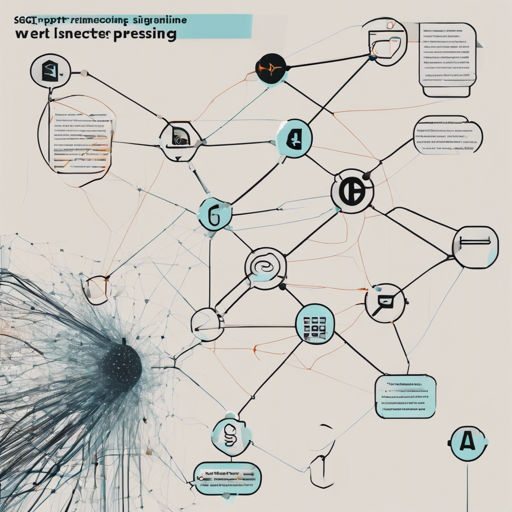Welcome to your guide for utilizing the SGPT-125M model for sentence similarity tasks! This article will walk you through the process, from understanding its architecture to common troubleshooting tips.
What is SGPT-125M?
The SGPT-125M model uses sentence-transformers for feature extraction, allowing it to evaluate the similarity between sentences. This is crucial for applications such as semantic search, where understanding context and nuances in language is key.
Getting Started with SGPT-125M
For usage instructions, refer to our codebase on GitHub: https://github.com/Muennighoff/sgpt.
Understanding the Model Architecture
The architecture of SGPT-125M consists of several key components, akin to a well-orchestrated concert where each musician plays a vital role:
- Transformer: Think of this as the conductor, ensuring each part of the model is synchronized. It handles the input sentences and transforms them into embeddings while managing the complexity of language with a maximum sequence length of 300.
- Pooling Layer: This is like the audience that interprets the music; it processes the word embeddings. In our model, the pooling method used is weighted mean, focusing on important aspects of the embeddings to produce an efficient final representation.
Training the Model
The SGPT-125M model underwent meticulous training to ensure high performance. Here are the parameters used during training:
- DataLoader: Handles the input data. In this case, it consists of 15,600 sentences.
- Batch Size: 32 sentences are processed simultaneously.
- Loss Function: We utilized
MultipleNegativesRankingLoss, focusing on a cosine similarity metric. This helps the model differentiate between similar and dissimilar sentences. - Epochs: The model was trained for 10 epochs.
- Optimizer: The AdamW optimizer was used with specific parameters like a learning rate of 2e-05 and weight decay of 0.01 to enhance the optimization process.
Evaluation Results
Evaluation results can be found in our paper: arxiv.org/abs/2202.08904, showcasing the model’s effectiveness in analyzing sentence similarity.
Troubleshooting Common Issues
If you run into issues while using SGPT-125M, consider the following troubleshooting ideas:
- Ensure your environment is set up correctly with the necessary libraries such as
torchandtransformers. - Check the input format; improper formatting can lead to errors in processing.
- If the model’s performance is subpar, revisit the training parameters. Adjustments to the learning rate or increasing the number of epochs may help.
- For persistent issues, consult the GitHub issues page for community support or report your problem directly.
For more insights, updates, or to collaborate on AI development projects, stay connected with fxis.ai.
Conclusion
At fxis.ai, we believe that such advancements are crucial for the future of AI, as they enable more comprehensive and effective solutions. Our team is continually exploring new methodologies to push the envelope in artificial intelligence, ensuring that our clients benefit from the latest technological innovations.
With this guide, you’re now equipped to effectively utilize the SGPT-125M model. Dive into the world of semantic analysis and enhance your projects with the power of sentence similarity!

